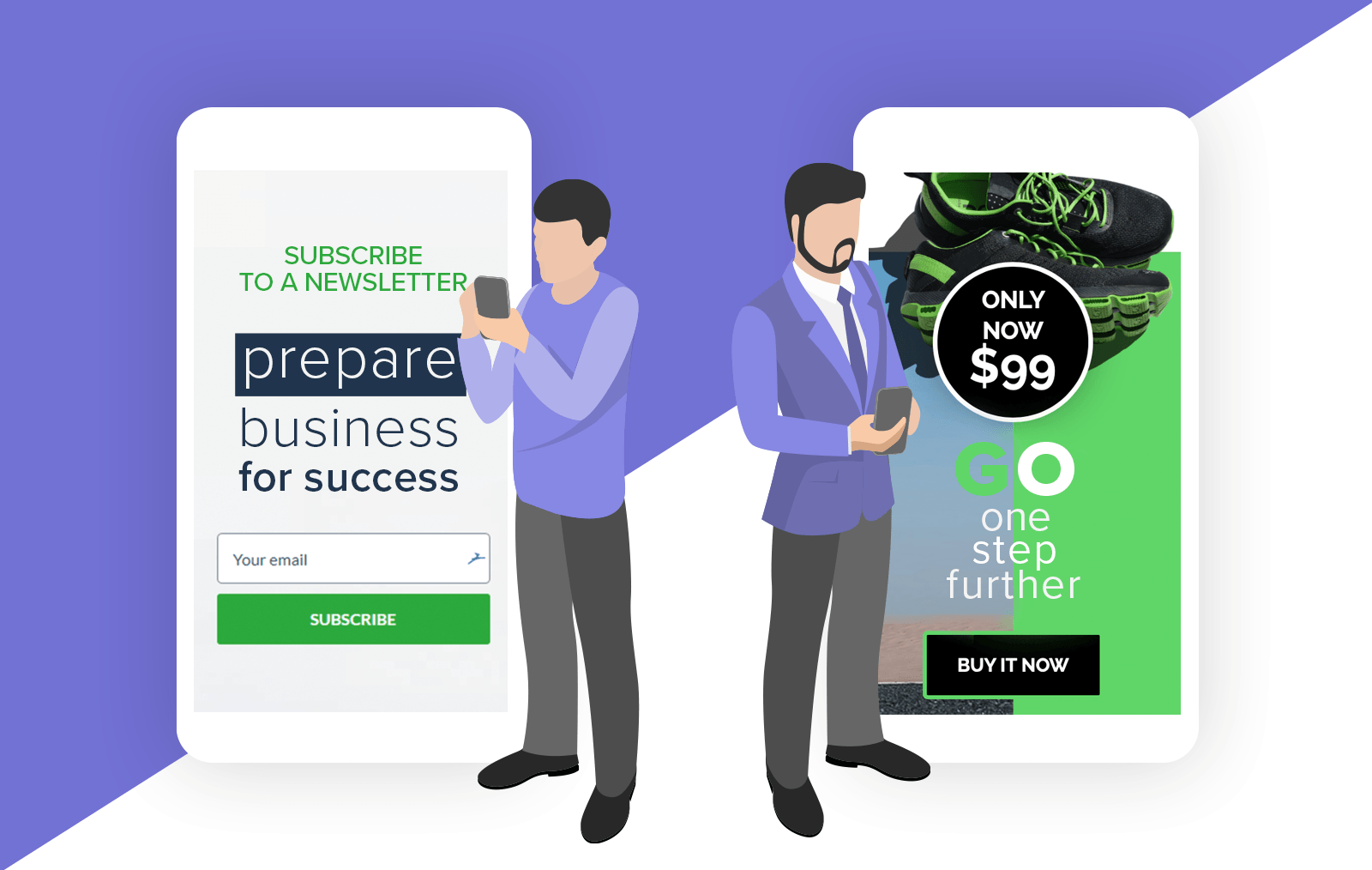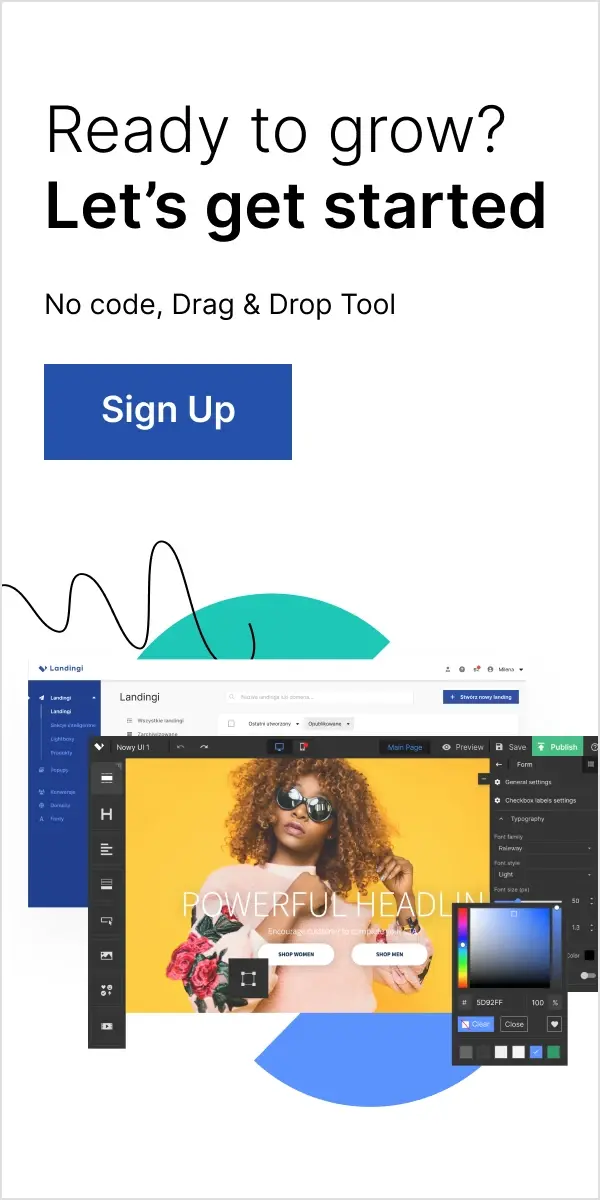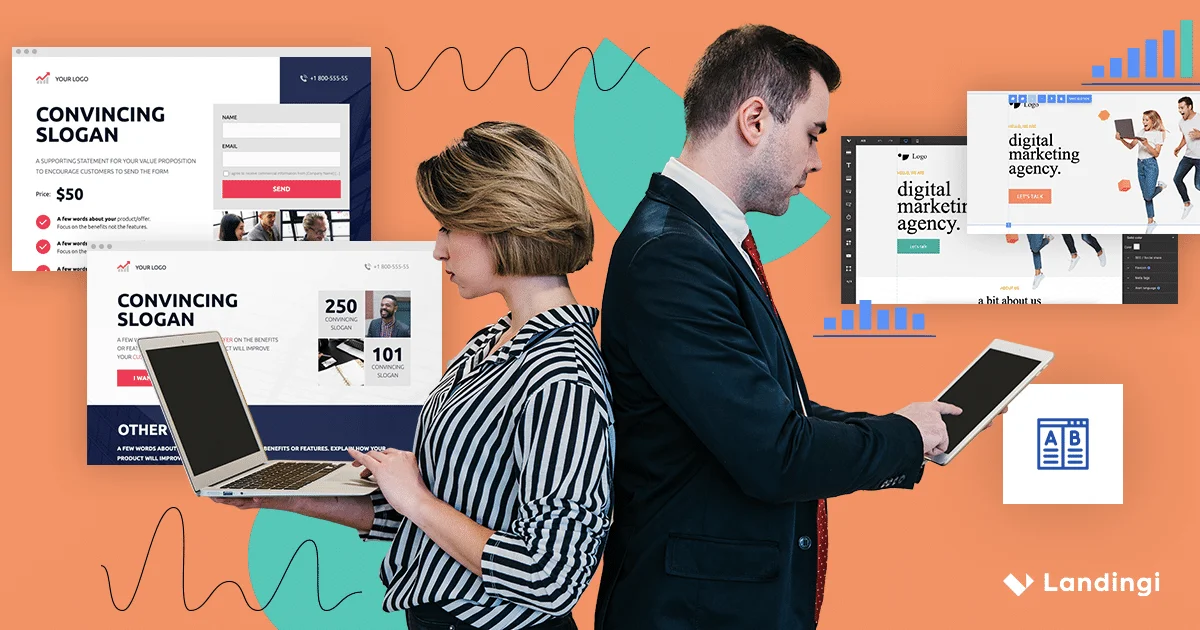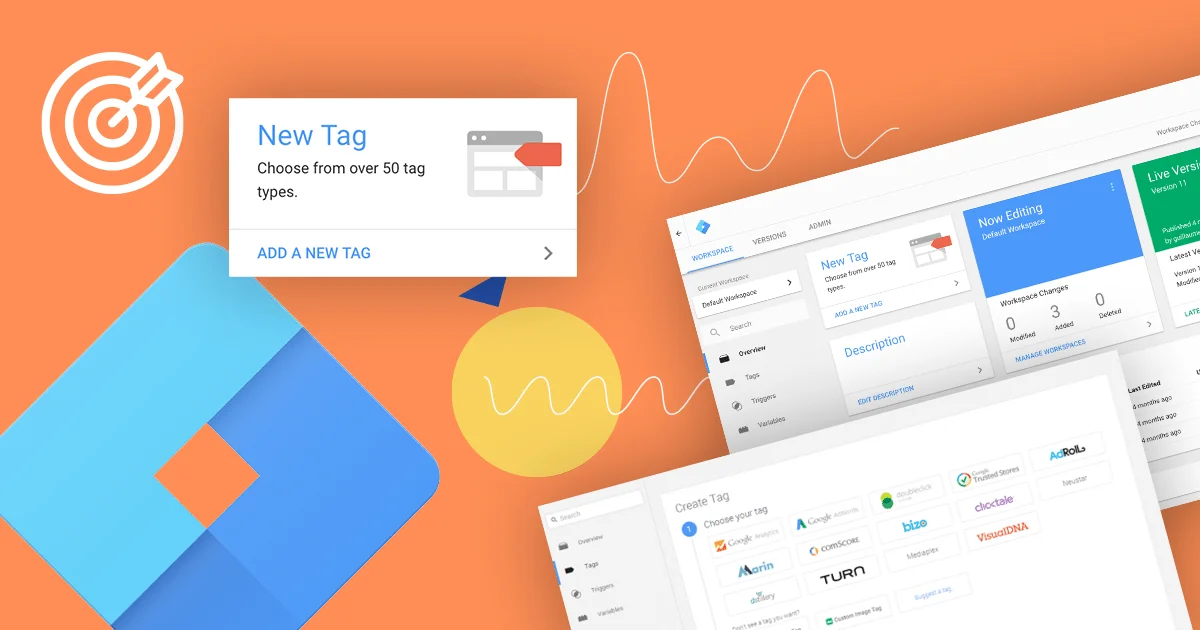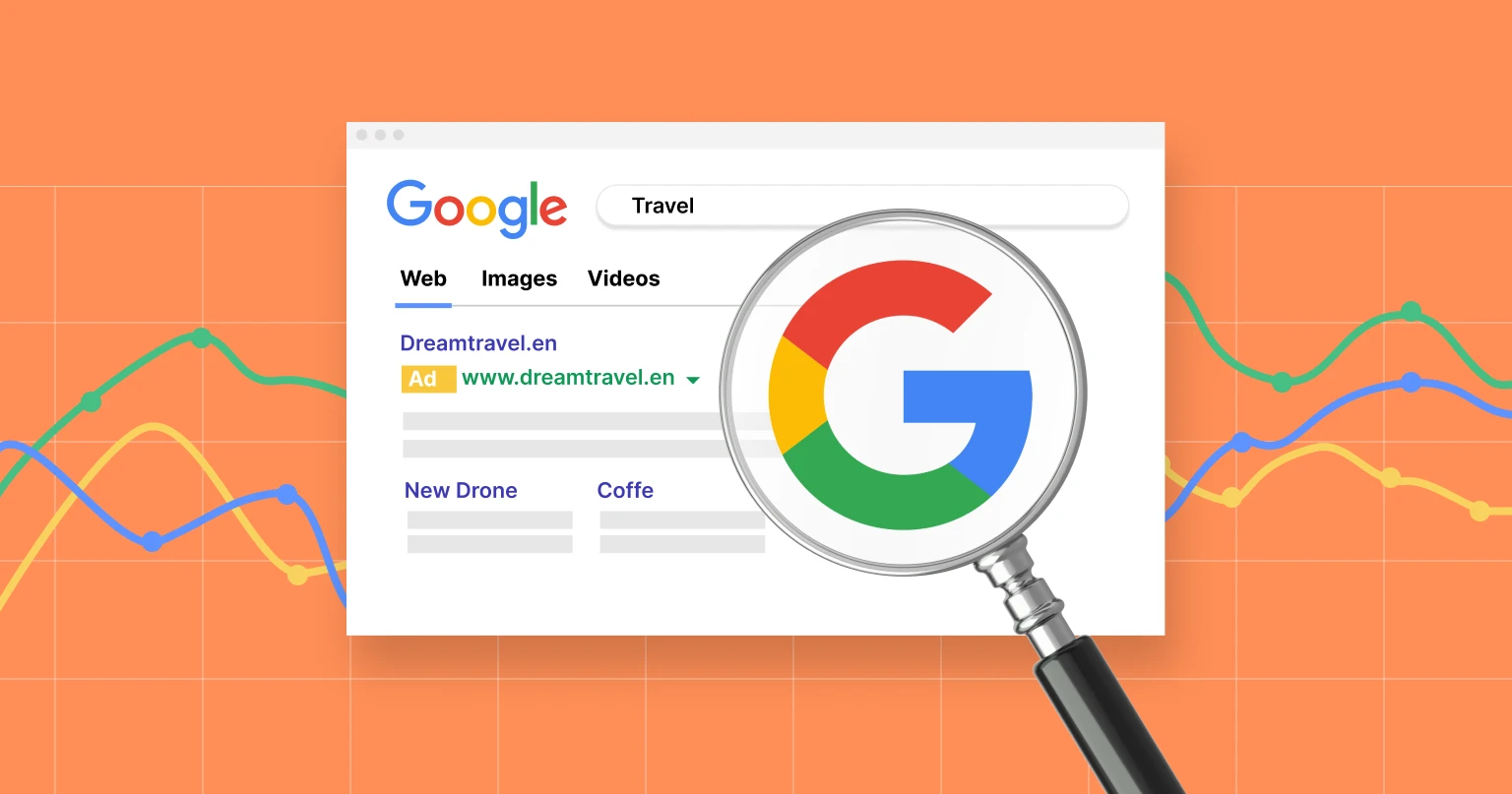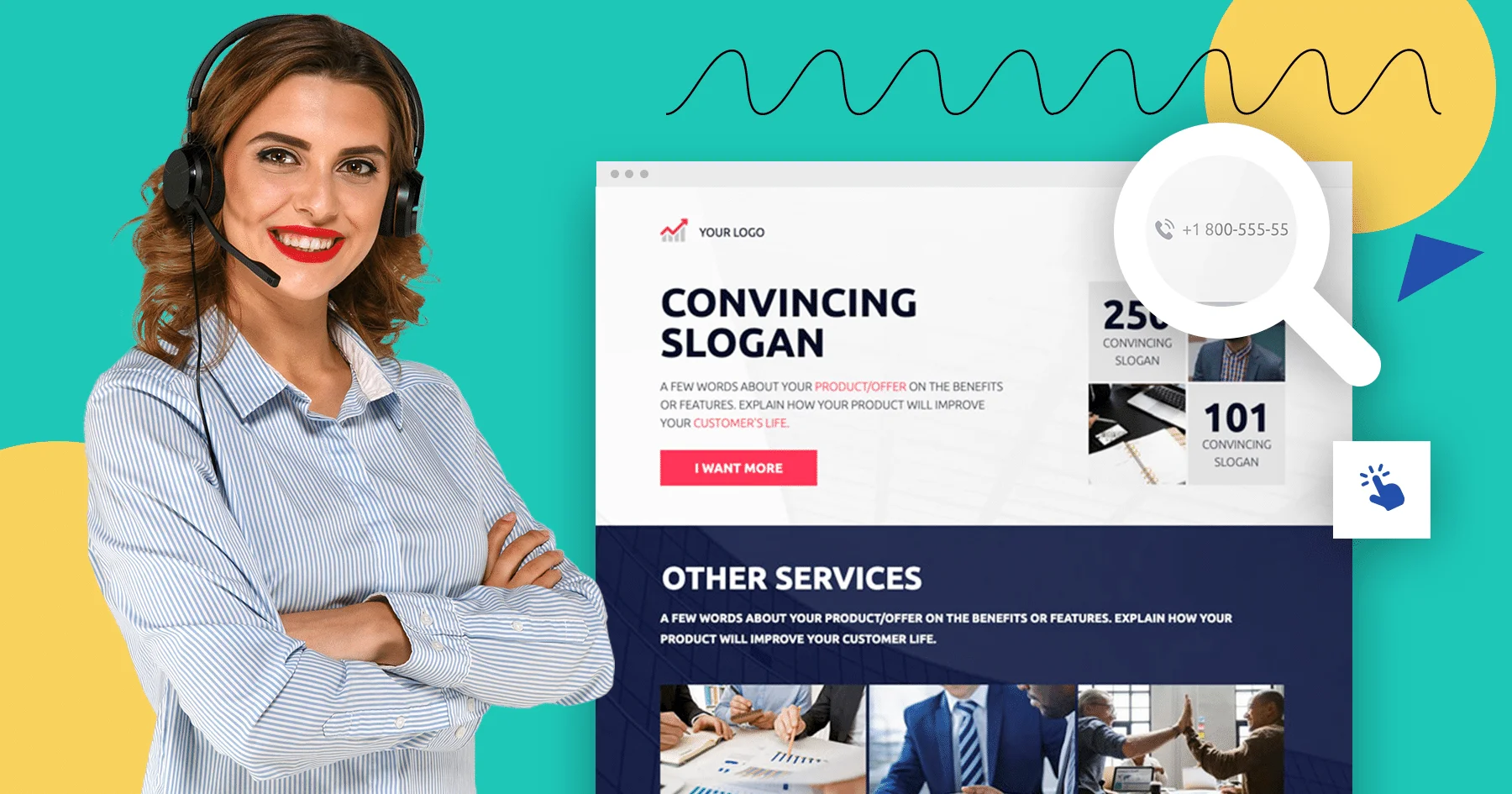The understanding of the term “lead” may vary depending on the organization, its size, the number of employees, and its goals.
Some companies consider a lead a contact that is already determined to make a purchase, while others refer to a lead as a sales contact (in the sales context leads are also known as prospects).
Once you read this article, you will know:
- what is lead qualification,
- what are cold, warm and qualified leads,
- why lead generation and qualification are essential.
In the digital marketing world, the most popular definition of a lead states that it is a visitor of your landing page or homepage who has signed up for your mailing list (and thus, is interested in your offer).
Nevertheless, the common ground for all these perspectives is the high likelihood of turning leads into regular customers as they have already engaged with your brand and business.
Unfortunately, only a certain number of leads will increase the size of your existing customer base. Only some of them are true prospects, while the remaining ones will ultimately prove to be fruitless and won’t make any purchases from you.
In order to improve your conversion rates, you should adopt different strategies depending on the willingness to purchase by certain leads, as some of them are more convinced, while others are rather hesitant.
Therefore, you shouldn’t send them identical emails or make them see the same CTAs (Call-To-Actions) on your website or in messages. And here comes lead qualification.
Make your sections smartable and let go of mundane manual tasks with Smart Sections! An easy way to manage bulk changes.
What is lead qualification?
Lead qualification definition states it is the process of categorizing leads depending on the likelihood of making a purchase. Once you implement the lead qualification process, you are able to determine which leads fit perfectly into your ideal customer profile and are most likely to become clients (even long-term regular ones).
The lead generation qualification process is frequently used in B2B (Business-To-Business) sales process and is even said to be a critical part of it. Statistics show that “67% of lost sales are as a result of sales reps not properly qualifying their potential customers before taking them through the full sales process“. Easy to guess, it takes more than beautiful WordPress landing pages for the visitors to take one step further in your sales funnel.
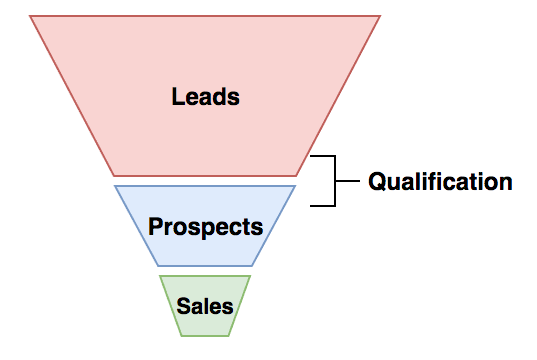
Source: click the image to view
The lead qualification process should be a part of your sales funnel. It assists you in determining which leads will eventually turn into prospects and make a purchase from you and which will remain in the status quo.
“67% of lost sales are as a result of sales reps not properly qualifying their potential customers before taking them through the full sales process“
What are cold, warm, and qualified leads?
According to the lead generation qualification process, leads can be divided into three basic categories:
- cold,
- warm,
- qualified.
Moreover, the qualified category can be broken into MQLs (Marketing Qualified Leads) and SQLs (Sales Qualified Leads).
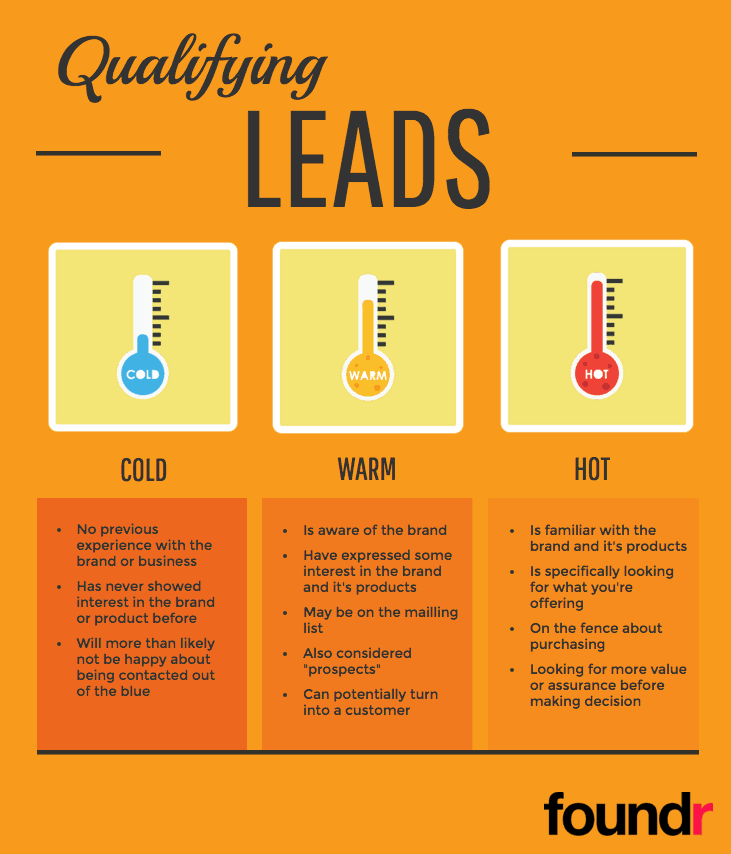
Source: https://foundr.com/email-automation
What are cold leads?
Cold leads refer to those who haven’t had any previous experience neither with your brand nor with your business.
They may have dropped by your landing page or homepage, maybe casually checked your offer and signed up to a newsletter (because your landing page template or pop up seemed cool) but haven’t truly engaged with your business (for instance, they haven’t commented or haven’t started following you on your social media channels).
With such little engagement, you don’t have any valuable information about them other than their name or email address. Therefore, they are not the best candidates to be pushed for sales as they may still be distrustful. You should keep them on your list and try to get a notion of whether they are likely to interact with your business in the future.
Cold leads may also be those who at first seemed very promising (by downloading your lead magnets, commenting, or liking your case study) but eventually lost interest. If you want to check if you are able to reignite the interest, you should start with low-risk and low-commitment content to check whether they are lost forever or not.
What are warm leads?
Warm leads refer to those who have been aware of your brand and business existence for some time now and have already engaged with it and showed interest in your offer. They may have signed up for your newsletter and clicked on the offers you sent. Or they may have started following you on your social media channels.
From their behavior – reading posts, liking, and commenting on your social media actions or downloading your content, you may assume they are promising. Nevertheless, you feel that the last magic ingredient is missing. And you still need to find out what this ingredient is before you start to push for sales.
What are qualified leads?
Qualified leads are also sometimes called hot leads. They are obviously the best category of leads as they are the most likely to become your regular customers.
MQLs vs SQLs

Source: Marketo (click image to view)
As mentioned – qualified leads refer to MQLs and SQLs. In order to properly understand your sales or leads funnel, you need to be aware of the differences between these two groups as you should act upon them in a slightly different way.
The MQLs are leads of interest – meaning those are on the verge of turning into sales prospects based on the information extracted from your marketing analysis, while the SQLs are those who are already one last step from purchasing (for example, based on the information from your sales team).
The crucial thing to remember when it comes to MQLs is not to define them too rapidly. According to studies, 90% of MQLs will never convert and the reason behind it is too early and false qualification as MQLs. Those are not people who have just engaged with your business but showed repeated interest in your brand.
It is worth mentioning that MQLs are not as hot leads as SQLs are. Nevertheless, there are no signs that they should be disqualified from turning into customers. They just need a little bit more strategic nurturing to become SQLs and be ready to become your customers.
SQLs are truly hot leads – they fit into your model buyer persona, are already further in the buyer journey, have expressed significant interest in your specific offer and already know they can trust you. They are already sales-ready leads and just need one last trigger – a contact from a salesperson, for instance – to become clients.
To help you determine whether a lead is ready to purchase, you can verify whether it meets all the five criteria:
- a lead has a painstaking need for your product or service
- a lead can afford your offer,
- your offer fits into a lead’s problem,
- a lead can make a purchase decision or has a strong impact on the final decision,
- a lead knows when they can make a purchase.
Why is lead generation process crucial?
As mentioned, the lead qualification process is crucial when it comes to increasing conversion rates and developing your online business. Therefore, it should always be a part of the lead generation process which is a method of generating valuable leads for your business.
Since sales are crucial for the existence of every company, the lead generation process has settled down in digital marketing for good and it is one of the most prominent concepts used with dogged determination by digital business owners and marketers.
In order to survive, companies need to generate leads and turn them into customers. But the process is not a piece of cake. A vast majority of companies have implemented lead generation process and boosted their conversion rates, but it didn’t result in significant customer base boosting.
The reason behind this is the fact they have probably generated mostly cold leads and haven’t truly implemented lead qualification and proper digital marketing tools and actions towards each group of leads. Only when they are aware which leads are unqualified and which are qualified, they are able to implement appropriate lead generation strategies and marketing activities in order to increase the size of their customer bases.
As you can see, lead qualification process is essential in order to adopt an appropriate lead generation strategy and make sales skyrocket. Since conversions and sales are crucial to survival in the digital market, you need to implement proper processes to attract fresh heaps of interested users and turn them into customers.
Want to convert leads better?

